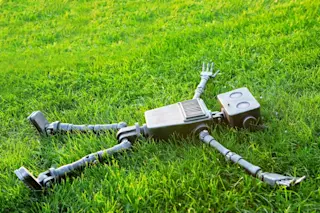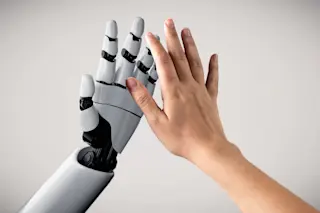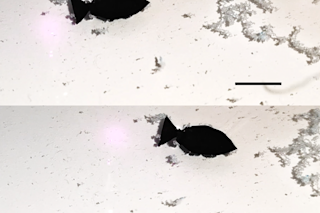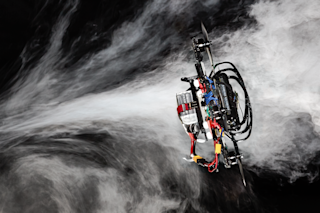Now that’s a headline, right? It’s got a robot dog, plays off a well-known phrase and piques curiosity. Best of all: It’s also accurate! Sort of.
According to a paper today in Science Robotics, an international team of engineers created a way for legged robots — inspired by and physically similar to quadrupedal canines — to use machine learning techniques to learn better ways to move around and adapt to a given environment. As proof, you can watch one such robot“withstanding abuse from their human creators,” as the official caption describes it.
Robot Dog Days
Now, I know what you may be thinking: This is dangerously close to that one Black Mirror episode, with the killer robot dogs. Well, as it turns out, it’s actually closer to those other Black Mirror episodes about virtual spaces.
That’s because the “training sessions,” where the dogs did all their learning, took place within ...














